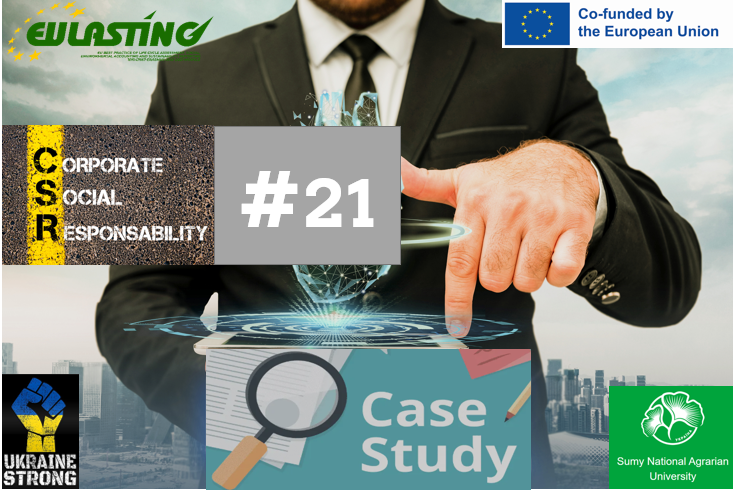Microsoft’s 2025 Environmental Sustainability Report exemplifies a comprehensive and forward-looking strategy integrated into its global operations, products, and corporate governance. Marking the halfway point to its 2030 ambitious goals, Microsoft highlights substantial progress on carbon negativity, water positivity, zero waste, and ecosystem restoration.
Governance and Strategic Commitments
Microsoft’s sustainability vision is driven by its Chief Sustainability Officer and a cross-functional team reporting directly to senior leadership. The company’s goals encompass:
-
Becoming carbon negative by 2030,
-
Becoming water positive by 2030,
-
Achieving zero waste status by 2030,
-
Protecting more land than it uses by 2025.
These commitments are integrated into operational metrics and linked closely to innovation initiatives and growth strategy.
Carbon Emissions and Climate Action Progress
In the fiscal year 2024 (FY24), Microsoft achieved a monumental milestone by contracting nearly 22 million metric tons of carbon removals, including:
-
1.69 million metric tons delivered as in-year neutrality,
-
2.8 million tons projected for 2030 carbon negative commitments,
-
Over 17.4 million tons anticipated post-2031 for historic emissions offset.
The company continues reducing operational emissions with direct innovations such as:
-
Implementing direct-to-chip cooling in data centers, saving over 125 million liters of water per facility annually,
-
Employing hybrid timber and steel construction to reduce embodied carbon by up to 65% compared to traditional methods.
These technological and operational advances reduce energy intensity, improve water efficiency, and push Microsoft’s data centers toward ultra-low environmental footprints.
Renewable Energy Expansion
Microsoft has contracted 34 gigawatts (GW) of new renewable energy generation across 24 countries by FY24, supporting carbon-free electricity expansion that powers Microsoft operations alongside enabling sector-wide decarbonization. The company leads in using innovative power purchase agreements and infrastructure partnerships, fostering renewable energy access globally.
Compared to peers, Microsoft’s renewable procurement is among the highest globally for tech giants (Apple: 100%; Google: 100%; Amazon: 84%).
Water Positivity and Stewardship
Microsoft’s innovative water strategy targets becoming water positive by 2030. In FY24, the total volume of water replenishment via watershed enhancements reached 60 million cubic meters, up from 50 million in FY23. This includes investments in green infrastructure, wetland restoration, and community water projects.
A landmark initiative in Quincy, Washington, repurposed cooling water recycling to reduce potable water use by 97%, simultaneously supplying 1.5 million cubic meters annually for local community use.
Waste Reduction and Circular Economy
Microsoft aims to eliminate landfill and incineration waste through systemic circular economy integration. FY24 waste diversion reached 88.1%, surpassing previous goals. Components from servers and hardware achieved 90.9% reuse or recycling.
Product packaging recyclability surpassed 94.8% in 2024, focusing on eliminating single-use plastics and using sustainably sourced materials. New devices like Surface Pro 11 and Laptop 7 scored highly on repairability (8/10), enhancing product longevity and circularity.
Ecosystem Protection and Biodiversity
Microsoft exceeded its goal of protecting more land than it occupies by 30%, permanently safeguarding 15,849 acres through conservation partnerships. Urban forestry efforts planted 87,000 trees worldwide, and AI-driven ecosystem monitoring tools improve biodiversity conservation effectiveness.
The Planetary Computer platform consolidates over 50 petabytes of ecological data, supporting researchers in real-time natural resource management.
Technology-Enabled Customer Sustainability
Microsoft’s AI-enabled sustainability tools empower customers to improve their ESG performance by enhancing data analytics, forecasting, and impact modeling. The company’s expanded Sustainability Manager and Microsoft Fabric platforms facilitate holistic ESG data management across value chains.
Social and Governance Integration
Sustainability progress is embedded in corporate governance, with ESG metrics becoming critical for executive compensation and strategic planning. Robust transparency includes external third-party assurance, ISO certifications, and data tagging for regulatory compliance and investor scrutiny.
Key Quantitative Highlights FY24
| Metric | FY24 Data | Prior Year | Industry Benchmark |
|---|---|---|---|
| Contracted Carbon Removals (MtCO₂ Equiv.) | 21.9 | 19.3 | – |
| Renewable Energy Generation / Procurement (GW) | 34 | 27 | Google, Apple (~30 GW) |
| Water Replenishment Volume (m³ x 1 million) | 60 | 50 | – |
| Operational Waste Diversion (%) | 88.1% | 84.9% | Global Avg: ~80% |
| Product Packaging Recyclability (%) | 94.8% | 93.9% | – |
| Land Area Protected (Acres) | 15,849 | 11,900 | – |
| Trees Planted (Units) | 87,000 | 70,000 | – |
| Data Center Water Savings (liters per facility/year) | 125 Million (per facility) | – | – |
Resources for In-Depth Review
-
Microsoft Environmental Sustainability Report 2025:
https://www.microsoft.com/en-us/corporate-responsibility/sustainability/report/ -
Microsoft Sustainability Case Studies and Data Visualizations:
https://www.microsoft.com/en-us/corporate-responsibility/sustainability -
Planetary Computer Project:
https://www.microsoft.com/en-us/ai/ai-for-earth -
Third-Party Assurance Information:
https://www.sgs.com/en



